An Irvington Gatehouse Escapes Demolition and Becomes the Home of Artist Charles Sheeler
A wrecking ball took out the mansion over which this little gatehouse once stood guard but it survived and provided a final home to an American painter and photographer.

A wrecking ball took out the mansion over which this little gatehouse once stood guard, but it survived and provided a final home to painter and photographer Charles Sheeler.
The mansard-roofed house on the market at 9 Dows Lane in Irvington, N.Y. was originally the gatehouse to the David and Margaret Dows estate.
The centerpiece of the estate, Charlton Hall, sat on about thirty acres of land with several outbuildings, including this gatehouse. Dows made his initial mark in the grain market, establishing David Dows & Company. Brooklyn was part of the bustling grain economy in the 19th century and Dows owned warehouses and elevators along the waterfront. His business and investments, including interests in the rapidly expanding railroad, made him a millionaire.
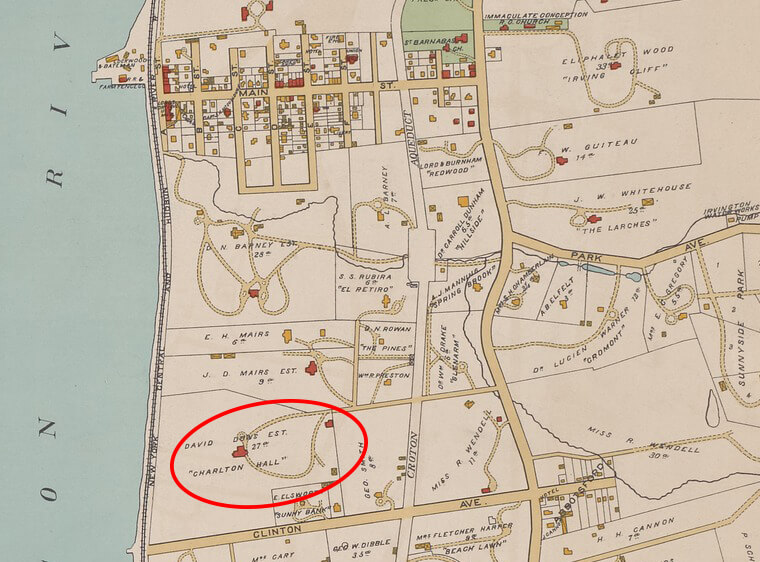
In the late 1860s Dows purchased land near the center of Irvington and by about 1870 Charlton Hall was complete. In “History of Westechester County” published in 1886, it is described as “a massive stone house” that was used by the Dows family as a country home.
Dows died in 1890 and Margaret in 1909, but Charlton Hall stayed in family hands until 1913 when it was purchased by paper company executive Adam K. Luke and his wife Irene Mills Luke. They re-christened the house Devon Hall and were active in local affairs, holding benefits and garden parties at the estate. Luke served as an Irvington village trustee in the 1920s.
In the early 1940s, the great old mansions of Irvington began “disappearing under the blows of the wreckers sledgehammers and the wrenching of their prybars” as noted by the Irvington Gazette. The paper reported frequently on the toll of high taxes leading to the demolition of the town’s 19th century heritage. In February of 1941, they reported that four mansions had been “demolished within the last two years and thereby removed from the tax assessment rolls.”
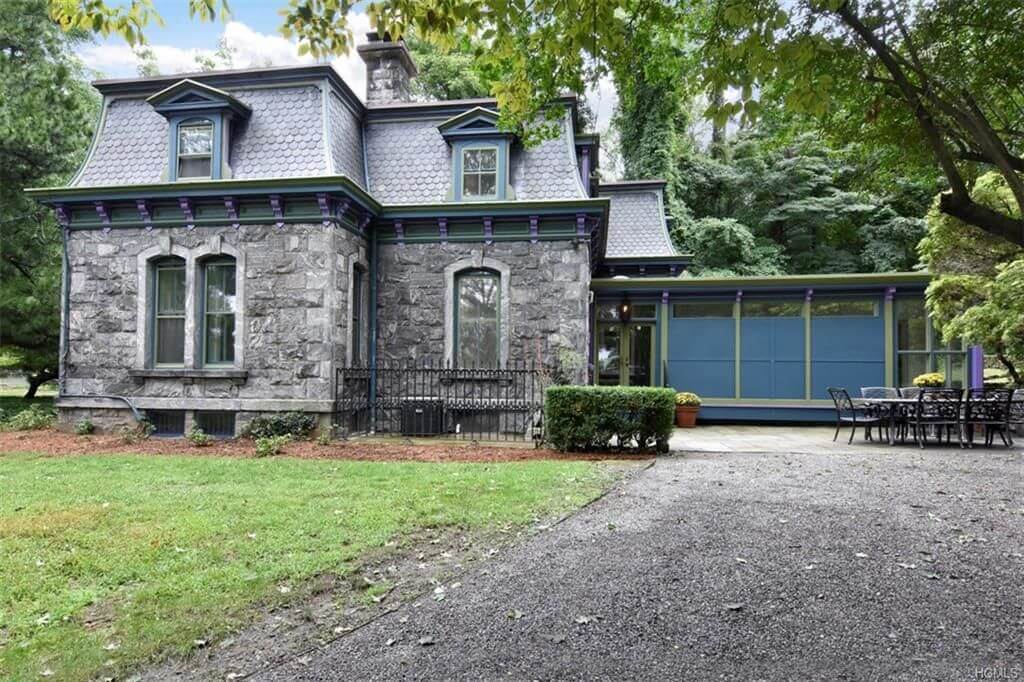
Charlton Hall would fall victim to the wrecking ball that same year. In October of 1941, the paper reported “the bell is tolling for another Irvington landmark” as Adam K. Luke had made the decision to demolish his mansion. Luke, according to the paper, found the house too big for his family and had not inhabited the it for some years. The roughly 24 acres of land he held, which stretched from Clinton Avenue to the tracks of the New York Central Railroad at the waterfront, was considered highly desirable for development.
By 1945, Luke had sold his acreage and the Irvington Gazette was reporting on possible development plans. The open land of the estate would eventually give way to an elementary school and an apartment complex. While the mansion was gone and development moving forward, apparently some of the outbuildings of the estate were still standing. The original Dows-era potting shed and greenhouses remained, rented out to a florist until a fire broke out in 1946.
It’s not quite clear how many other outbuildings survived on the estate even temporarily, but one that managed to hang on was this gatehouse, which had marked the original entrance to the property. In 1942, the structure would become the final home of artist Charles Sheeler.
By the time Sheeler arrived in Irvington, he was a well-established painter and photographer. Born in Philadelphia in 1883, he studied painting at the Pennsylvania Academy of Fine Arts but was also drawn to photography. He exhibited at the influential Armory Show of 1913, produced influential, dramatically graphic photographs of Henry Ford’s River Rouge plant in the 1920s and did fashion shoots for Vogue.
In 1920, he collaborated with photographer Paul Strand on what is considered the first American avant-garde film. The film was inspired by Walt Whitman’s “Leaves of Grass,” first published in 1855 when the poet was living in Brooklyn. It mixes text from the poem with scenes of the bustling city, particularly of the waterway, bridges and packed streets, shot from unusual, dramatic angles.
Widowed in 1933 after the death of his wife Katharine Shaffer, Sheeler married dancer and artist Musya Sokolova in 1942. The newly married couple moved to the former gatehouse at 9 Dows Lane. At the time, Charles was working at the Metropolitan Museum of Art, photographing works in the collection.
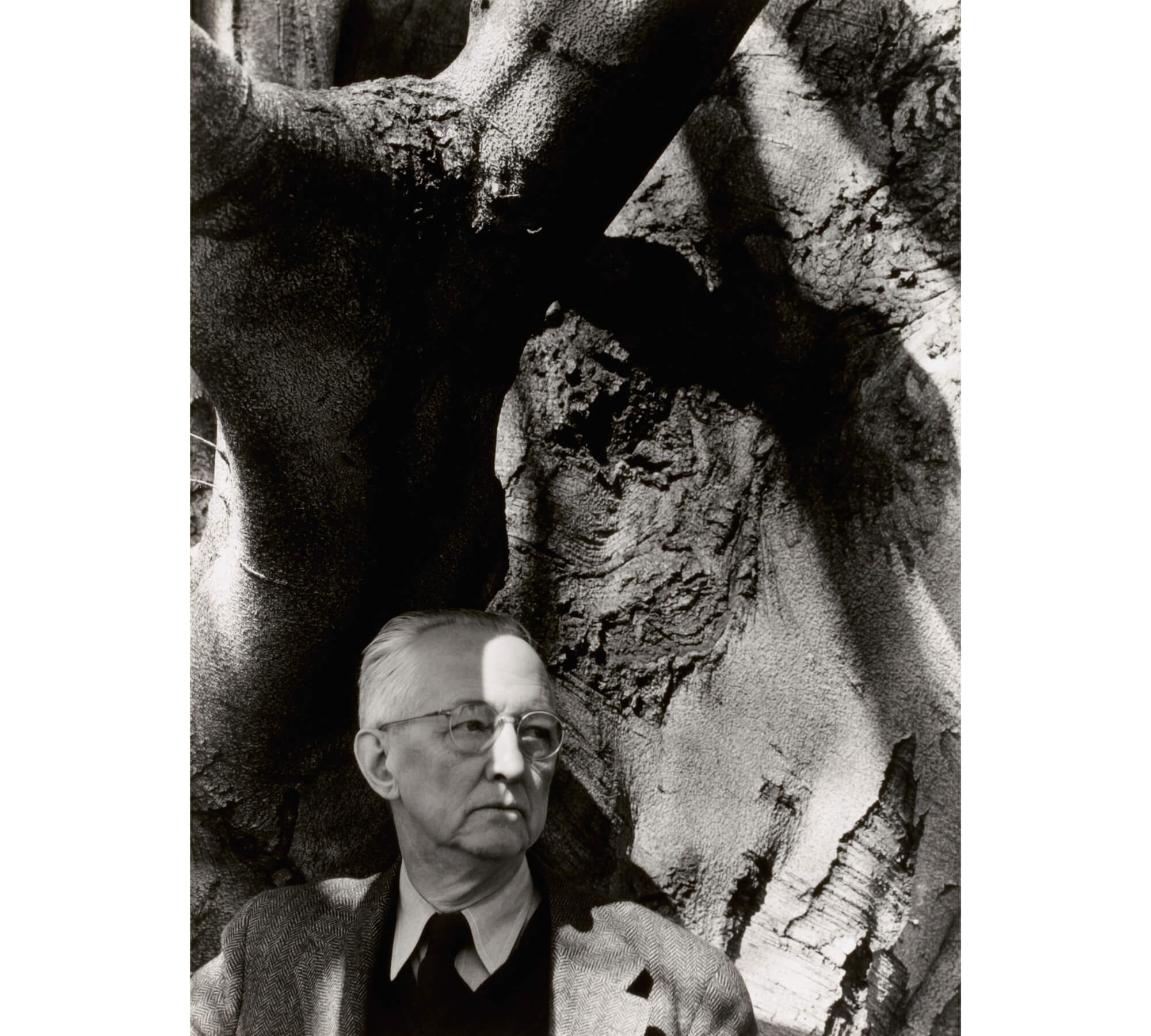
The house, which Sheeler referred to as Bird’s Nest, and the landscape surrounding it were captured frequently in his later work. A painting of Bird’s Nest, clearly identifiable as the original Charlton Hall gatehouse, is in the collection of the Huntington Library.
Sheeler was also particularly enamored of the copper beeches behind his Irvington home. He photographed and painted them in the late 1940s and early 1950s, and fellow photographer Barbara Morgan captured a view of him against a beloved beech in 1945.
Over his years as a working artist, Charles had developed collaborations and friendships with artists, collectors and dealers active in the modern painting and photography worlds. During a 1950s visit to 9 Dows Lane, photographer Ansel Adams took several portraits of Sheeler and captured the mantelpiece in the house.
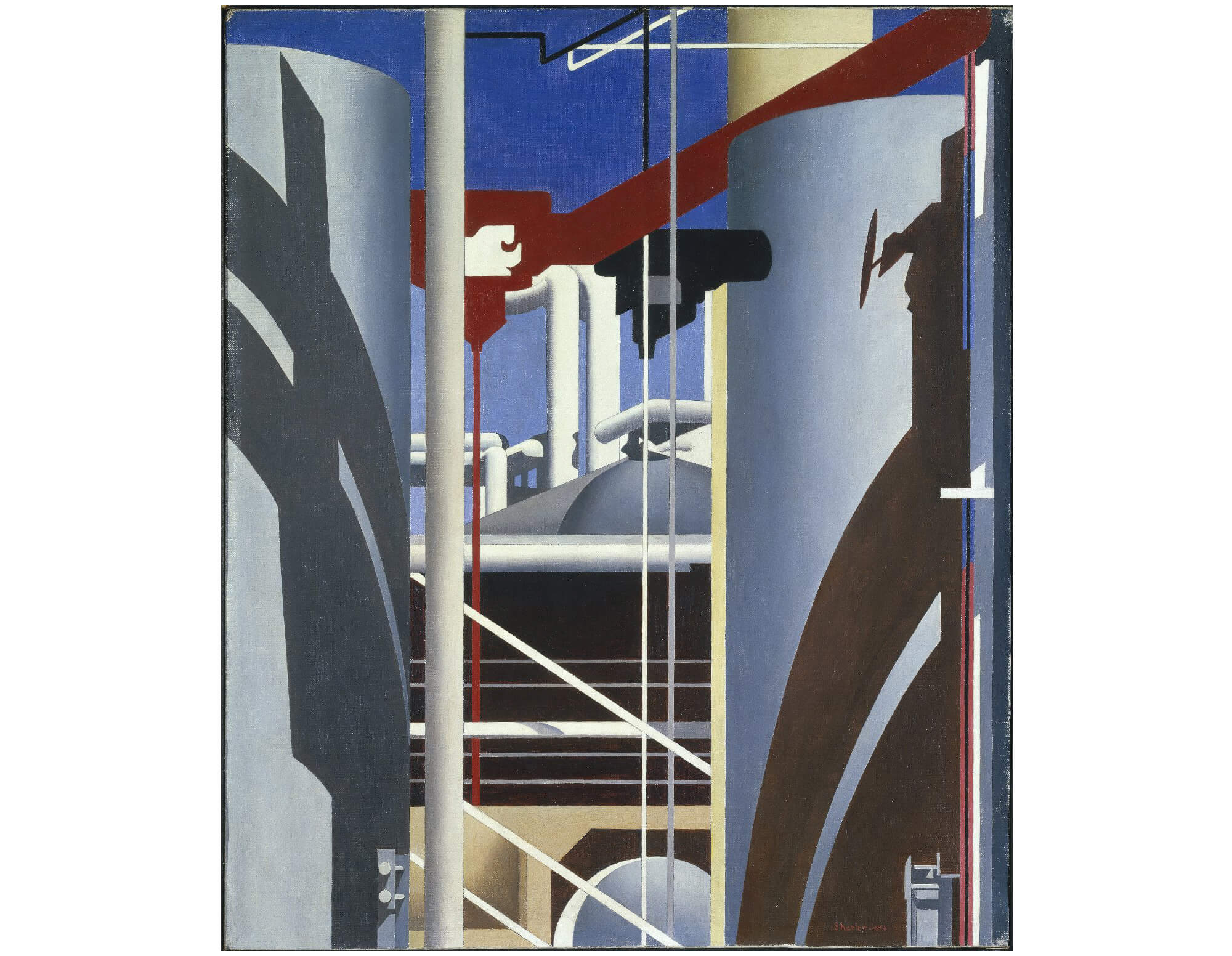
Sheeler suffered a stroke in 1959 that left him unable to continue his work. Upon his death at age 81 in 1965, the New York Times obituary lauded him as being “blessed with the talent of creating substance out of shadow.” Musya remained in the house, owning it until 1975. She died in 1981.
The house has had just a handful of owners since then but has had, according to the listing, some recent renovations.
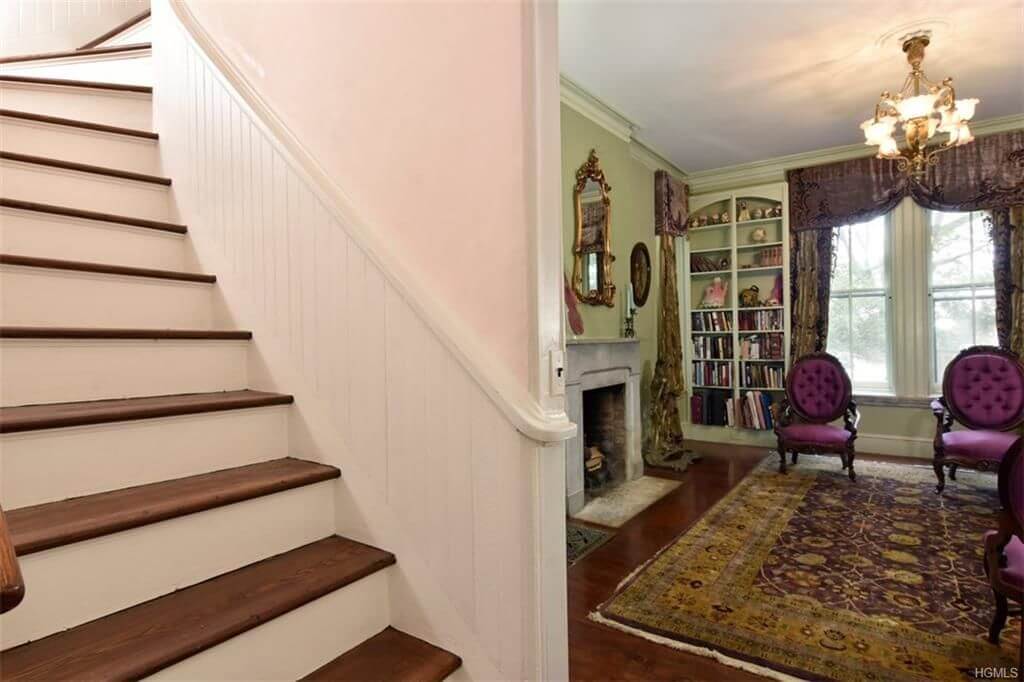
When originally constructed as a gatehouse, it most likely would have been modestly finished on the interior in a manner deemed suitable for the servants in residence. There’s a restrained entry and stairs and the listing photos show some surviving mantels that are period-appropriate along with modest moldings.
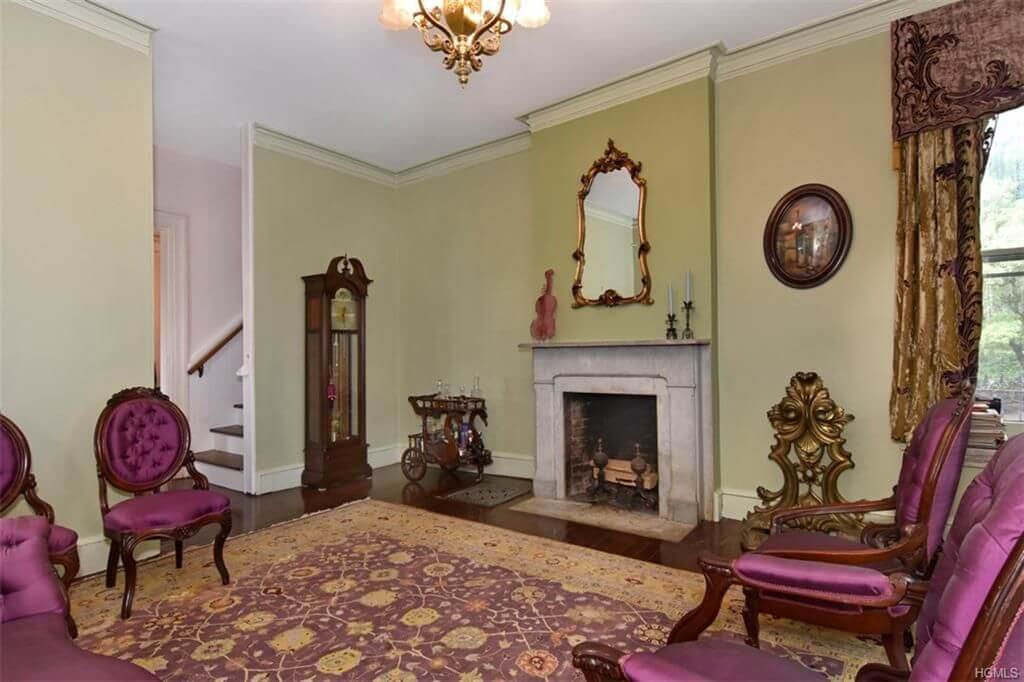
The parlor has one of the three fireplaces in the house, although the listing does not indicate whether or not they are in working order.
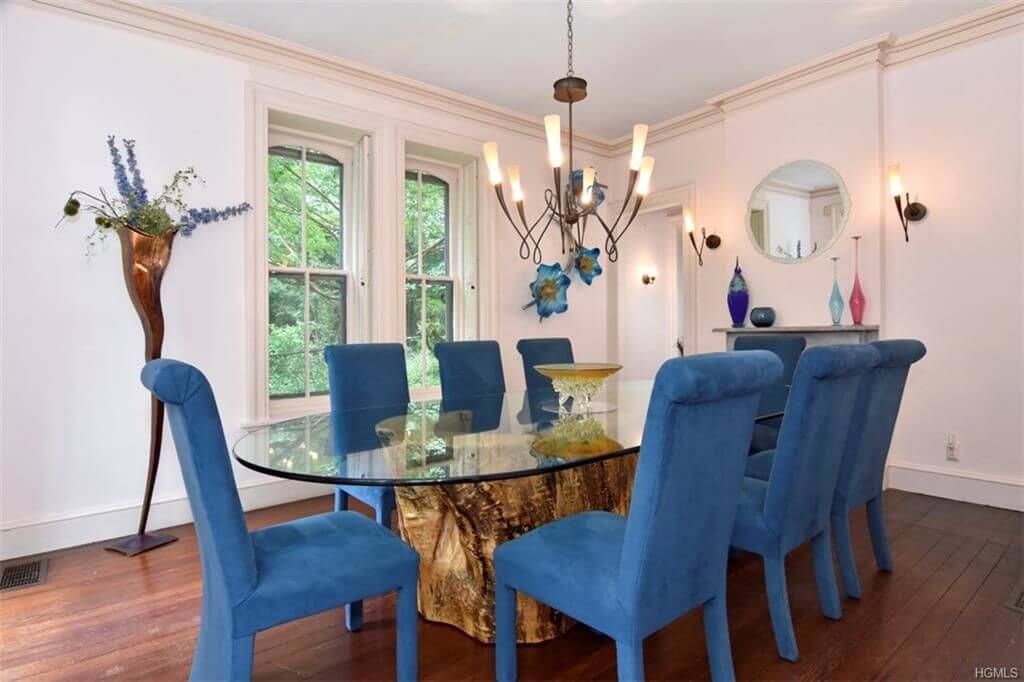
There’s a formal dining room with what looks like another stone mantel.
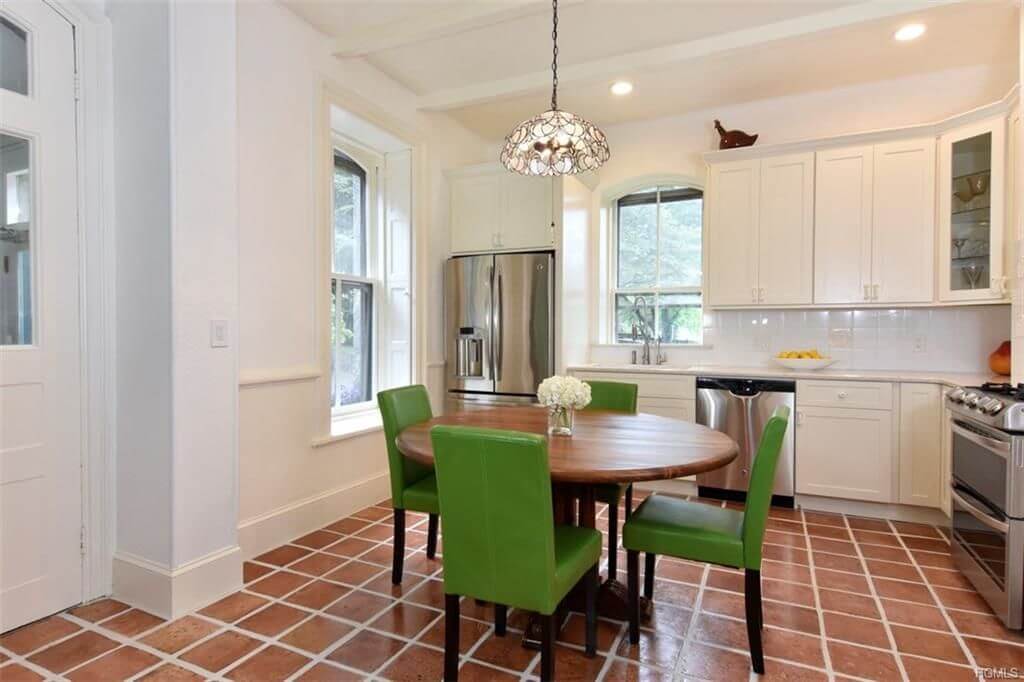
The kitchen has been renovated since the days of 19th century servants living in the house and there’s a tile floor, white cabinetry and room for a table.
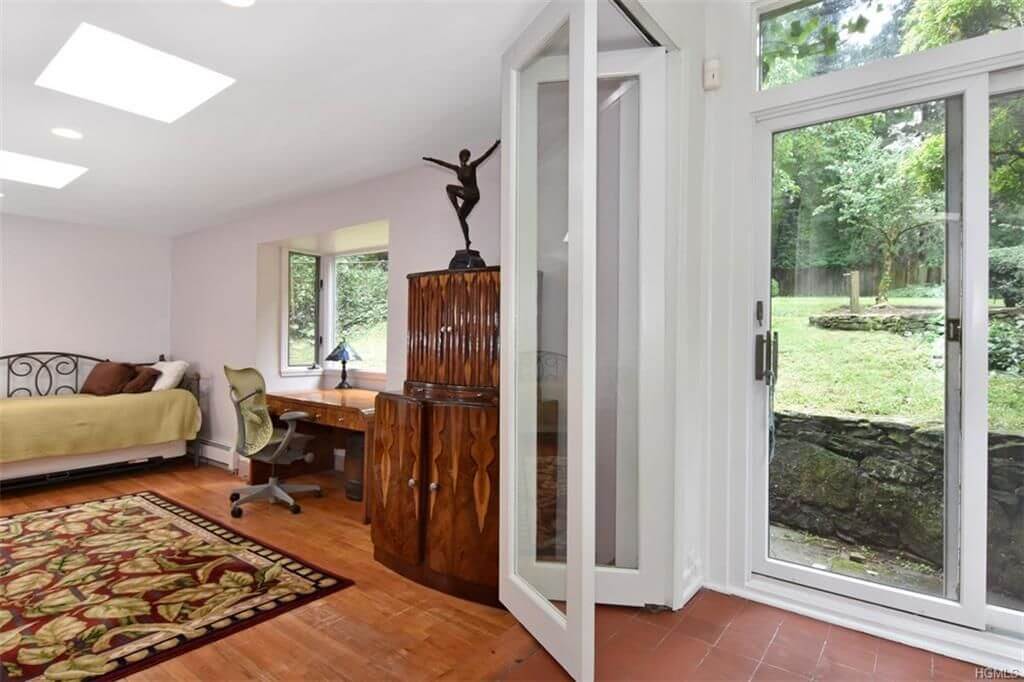
There are four bedrooms in the house and one of those appears to be in a modern one-story addition to the house with skylights and sliding doors.
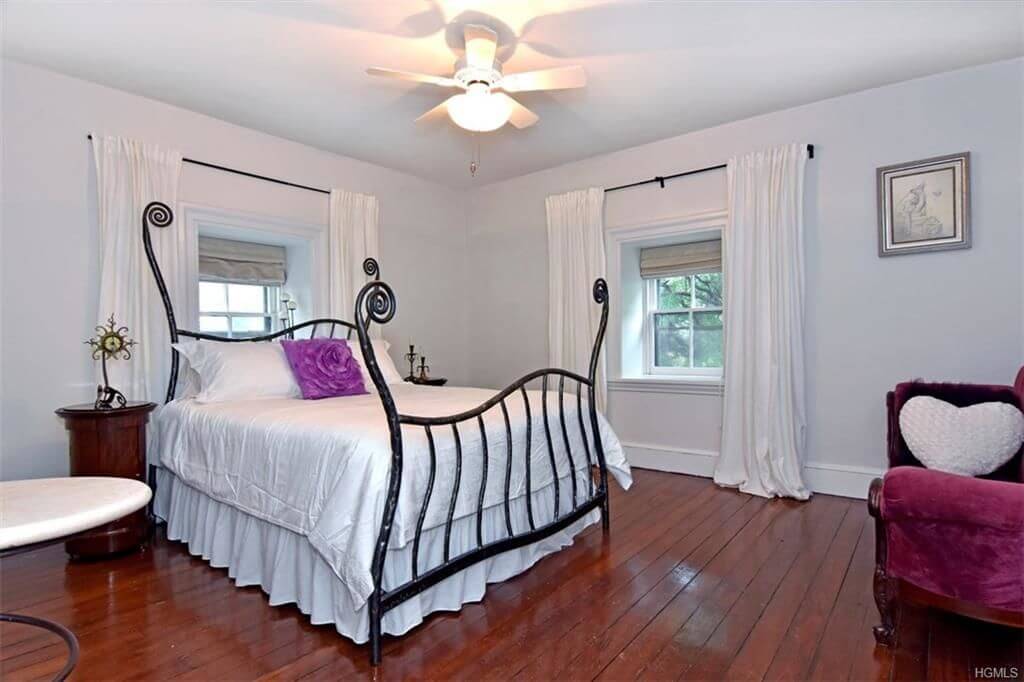
The other bedrooms are upstairs in the historic portion of the house. It looks like the period window casings survive and there are wood floors and simple baseboards.
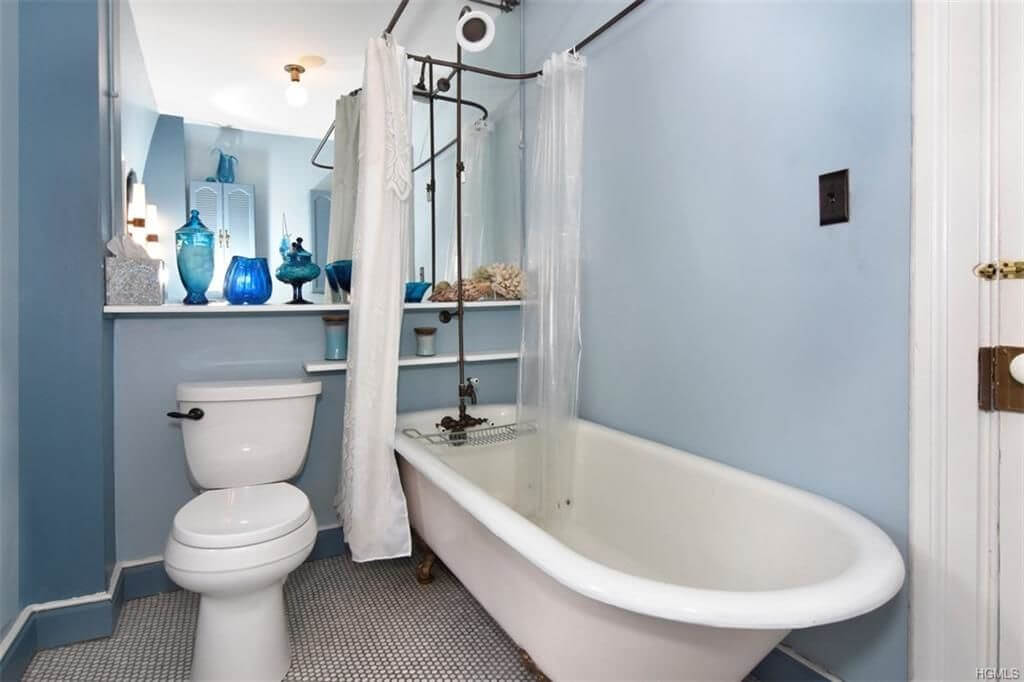
There are two full bathrooms, with one of those in the more modern addition.
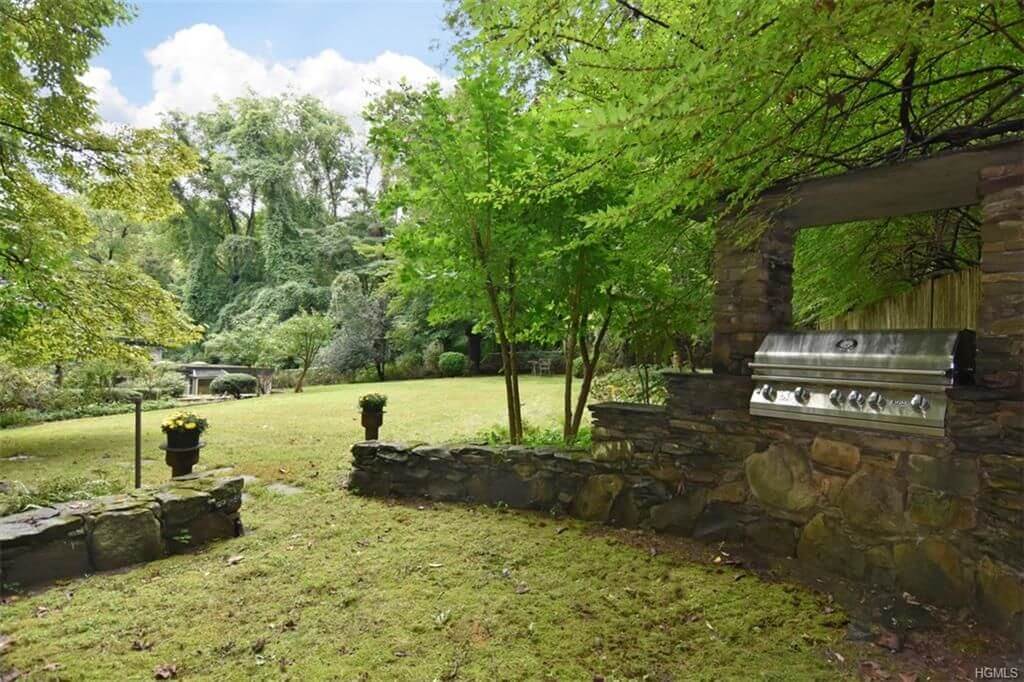
There’s just under half an acre of property included in the listing. It’s not clear from the photos if Sheeler’s favorite copper beech survives on the property but the listing does mention “specimen trees.” The pictures do show a patio, a grill built into a stone wall and a green swath of lawn.
The house is about a 15 minute walk to Irvington’s downtown, with shops, restaurants and the Irvington Town Hall Theater. For the historic house enthusiast, there are many choices in easy distance, including Lyndhurst and Washington Irving’s Sunnyside. If you want to get to the city the house is just about a mile away from the Irvington train station with MetroNorth service into the city.
The property is listed for $1.295 million by Hilary Levy of Coldwell Banker.
Related Stories
- Just in Time for the Holidays, a Pink Cottage in Irvington With a History of Fabulous Parties
- This Hudson River Villa’s Past Matches Its Gothic Style (Pitchforks and Lightning, Oh My!)
- Spring Will Be Blooming at Lyndhurst Mansion for the Flower & Antiques Show
Email tips@brownstoner.com with further comments, questions or tips. Follow Brownstoner on Twitter and Instagram, and like us on Facebook.



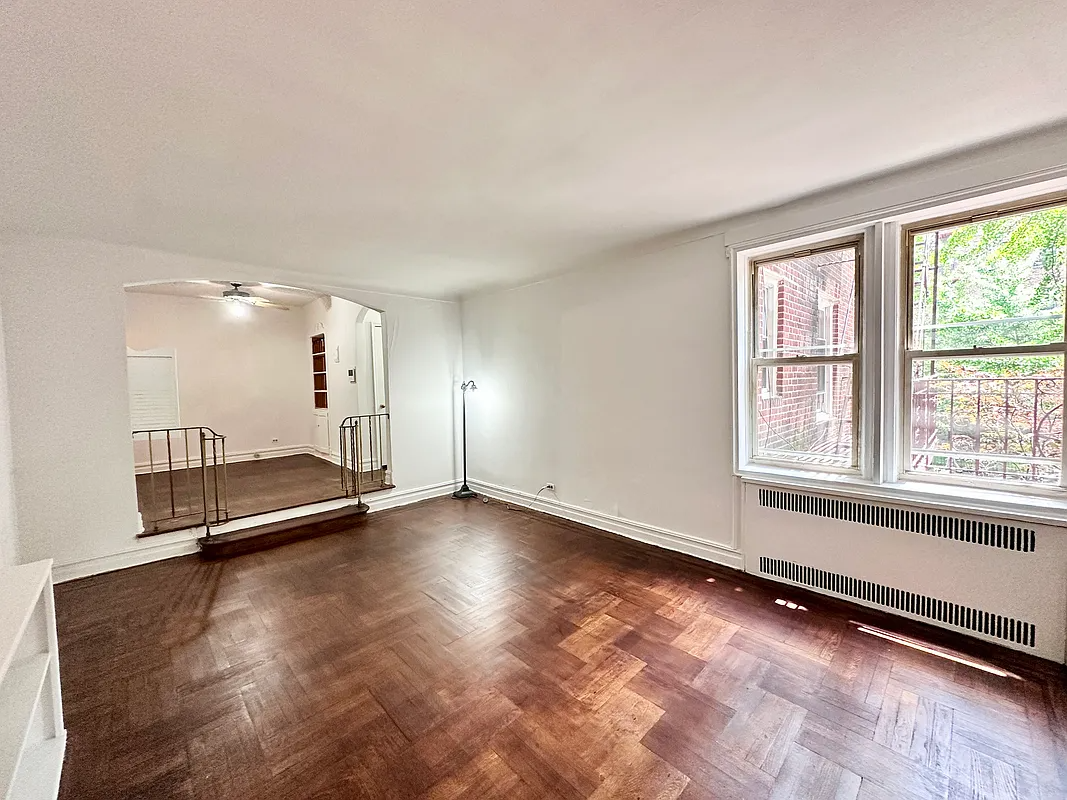
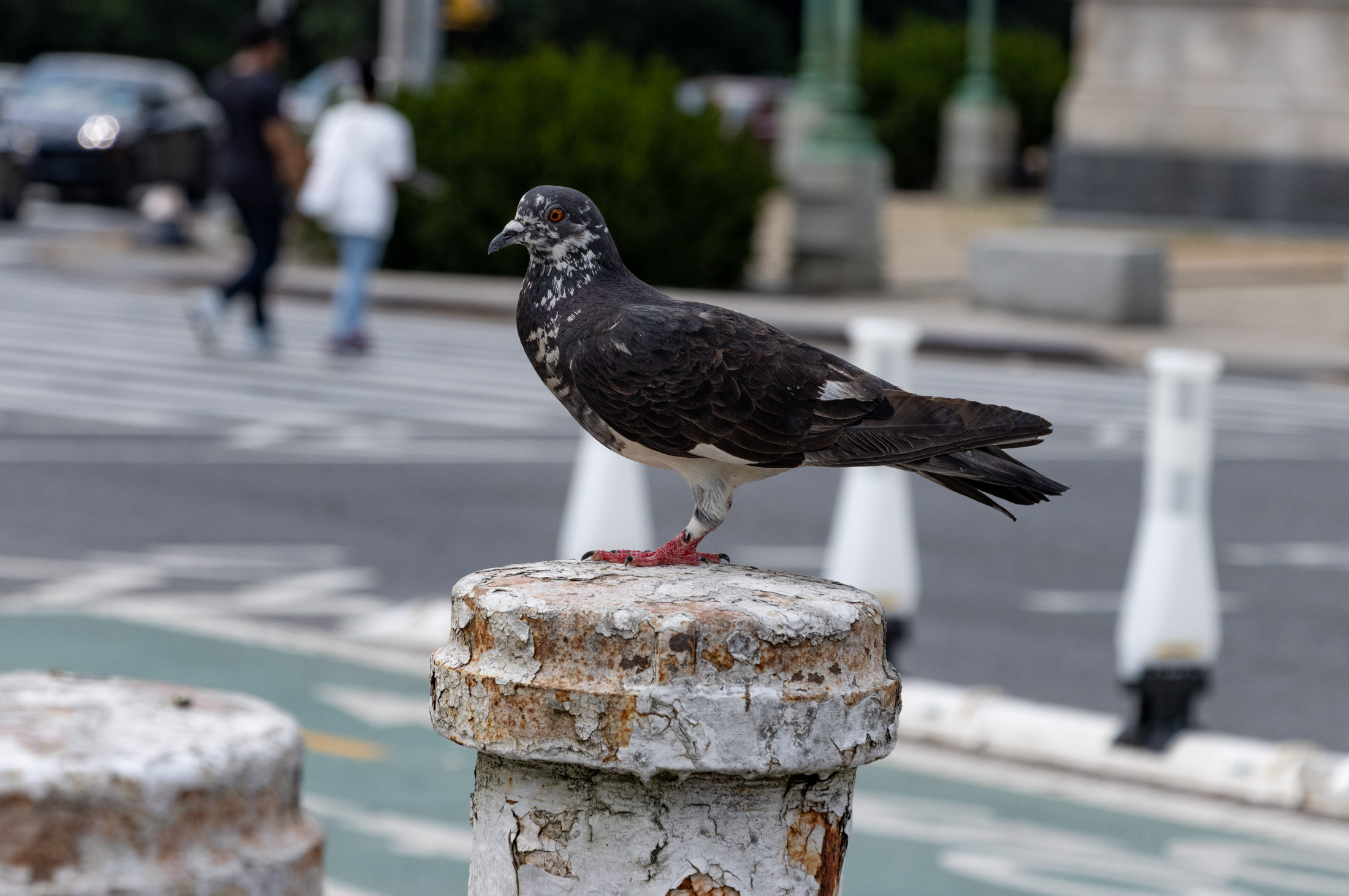
What's Your Take? Leave a Comment